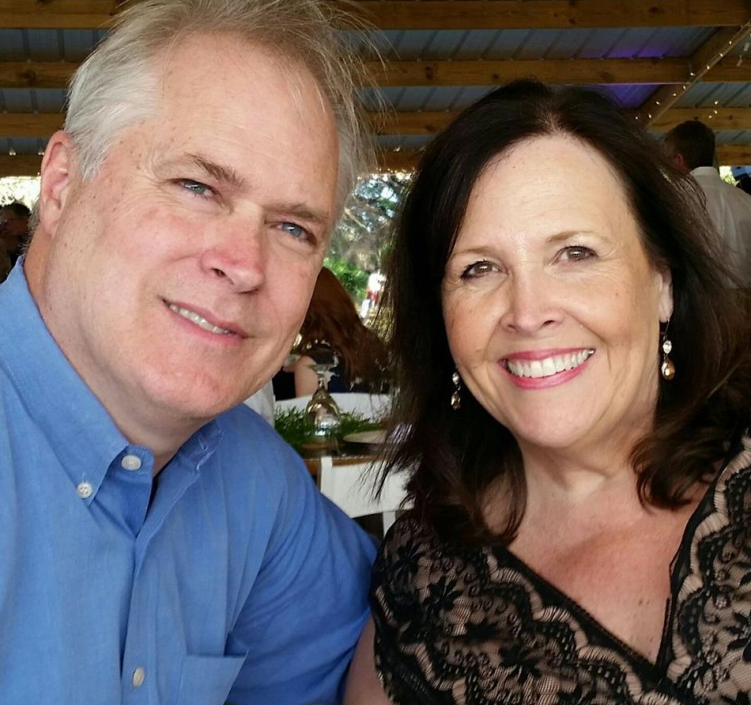Going Home with Hospice
Category:

“Mom is going home with Hospice”
We hear that a couple of times a month from clients or prospects. Nine times out of ten though families have no idea of what that entails. Many think that means she will have a Hospice caregiver with her 24/7 care until she passes. That is not usually the case. In most instances, most of the care is going to still fall on the family. So, in the next few paragraphs, we thought we would take a few minutes to discuss Palliative Care vs Hospice Care, the Scope of Hospice Care, and what “Going home with Hospice” could include.
Palliative Care vs Hospice Care
- “Hospice care is intended specifically for the end-of-life period, generally for patients expected to live for less than six months. Palliative care is recommended for patients at any stage of a life-threatening or chronic illness. The intent is not to treat or cure your disease, but to ease any symptoms and side effects you are experiencing.” https://www.chordomafoundation.org/treatment/palliative-care/
- Said another way, palliative care is comfort care. Instead of trying to fight a life-threatening disease, the focus is on managing the symptoms to provide comfort, support, and quality of life in the time one has left. Hospice care then is a form of palliative care but targeted for end of life and for a specific period of time (the 6-month period is the current Medicare standard).
Hospice Care Scope of Service
- Being on Hospice does NOT mean the patient is dying right now! To get Hospice care and have health insurance pay for it, one must be diagnosed with an illness or other malady that given the natural course of the illness, life expectancy would be six months or less. Some typical illnesses include: cancer, progressive heart disease, lung disease, ALS, and late-stage progressive dementias (like Parkinson’s and Alzheimer’s).
- Being on Hospice means you are not fighting the disease but taking palliative measures to make one feel as comfortable as possible and live fully in the moment with family.
- Once under Hospice, one gets a bundle of services:
- A Nurse (RN) will oversee your care. The RN or their backup is available 24/7
- They will work with a team that includes social workers, LPN’s, CNA’s, chaplains, physician etc. (some have massage therapists and music therapist)
- Many also have a volunteer team that can sit with a patient for a few hours once or twice a week to give the patient’s caregiver some respite
- Medications and Medical Supplies related to the hospice diagnosis are provided and covered under Medicare/your health insurance. This often includes a hospital bed, wheelchair, walker, etc.
- A CNA may come out several times a week to assist with bathing.
- Grief support is offered as well.
- That said, day in day out care is left to the family (though part of the bundle of services includes training of family members on certain aspects of care delivery)
- Patients often survive longer than six months. As long as they meet insurance eligibility criteria, Hospice care can be extended as long as needed.
- Note: One always has the right to stop hospice care at any time. Also, as long as one meets the criteria, one can resume hospice at any time”
- When a person starts the actual dying process, the patient then typically has the option of moving to the hospice’s clinical setting (either a standalone Hospice House or a dedicated floor/wing in a hospital or skilled nursing facility) or having Continuous Care assist the family (subject to staffing availability) at the patient’s home.
- In the home setting, Continuous Care is typically provided by a nurse (RN or LPN)
- While actively receiving Hospice Care, the patient/family receives 24/7 support until the patient passes.
- Typically, this level of care (Hospice House/Continuous Care) lasts for up to 72 hours. The time frame is always extended if the patient is symptomatic requiring medical interventions frequently. However, if they rebound, these extra services end, the patient transfers back home (if at Hospice House) or Continuous Care leaves (if services are being provided at home) and the patient reverts back to more of Hospice oversight (vs direct care) with family, again, providing the hands on 24/7 care.
Going Home with Hospice
So, based upon whether the patient is actively dying or just moving to Palliative/Hospice Care (Hospice oversight), “Going Home with Hospice” can mean two different things.
- If just transitioning to Hospice “oversight”, one should expect Hospice to:
- Come out within 48 hours of someone being discharged from the hospital and evaluate the situation
- If one needs a hospital bed or any other medical equipment, they will order it for you
- They will arrange the hospice related medications and any continence supplies (pads for one’s bed, briefs, diapers, etc.). Other medications, may be the patient’s responsibility
- They will train the family caregivers in the daily tasks the patient will need assistance with
- They will NOT be there 24/7 to assist with the transfer home or to provide care once one gets home.
- If being discharged to die at home, you should:
- Expect all of the above but on a quicker timetable
- And, (staffing permitting) you should expect Continuous Care to send caregivers (typically LPN’s or RN’s) to handle the care on a 24/7 basis until one passes or rebounds and no longer meets the Continuous Care criteria
This is a general overview. Each state has slightly different rules. For more resources on Florida Hospice, please see the FAQ page from Florida Hospice and Palliative Care Association. https://www.floridahospices.org/resources/faq/
The author and his wife Frieda are the owners of the Pasco and Hillsborough County Offices of Griswold Home Care. In addition, Frieda is a board member for Seasons Hospice (Now AccentCare) Hillsborough and Arthur is on the board of AccentCare Pasco.
Subscribe
Date: March 30, 2022
Category:


